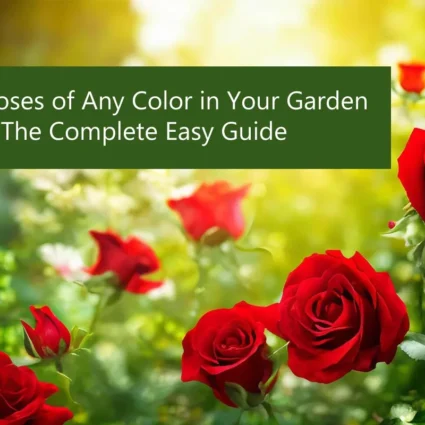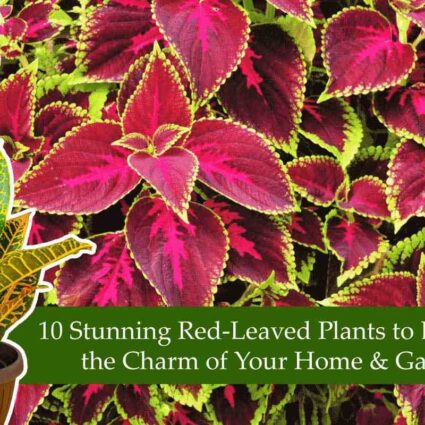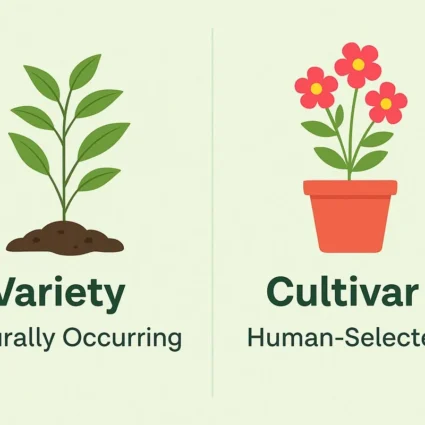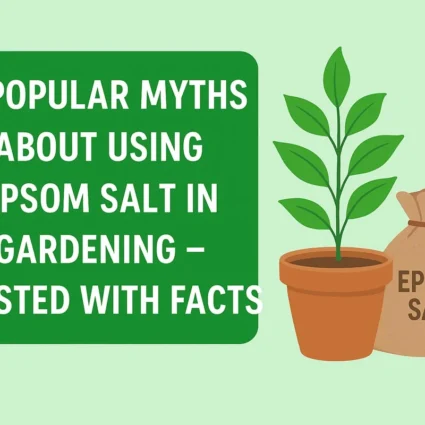
All you need to know about Vegetable Transplant
Transplanting process works well for the people who are not ready to experiment with seeds and or are in hurry to grow plants. They can directly go for getting a young plant for any nursery and transplant it into their gardens. This is much faster and easier process as compared to that of growing a seed.
Vegetables can be raised as transplants and then are ready to thrive well.
Also Read This :Transplant Vs Direct Sowing
Here are some of methods for raising the plants:
- Aubergine – small pots
- Asparagus- cell trays or small pots
- Broad beans- bare root, cell tray or small pots
- Broccoli- Bare root, cell tray or small pots
- Brussel sprout – Bare root, cell tray or small pots
- Cabbage – bare root, cell tray or small pots
- Calabrese – bare root, cell tray, or small pots
- Cauliflowers – bare root, cell tray or small pots
- Celery and Celeriac – cell tray or small pots
- Courgette – bare root, cell tray or small pots
- French beans – bare root, cell tray or small pots
- Herbs – cell trays or small pots
- Leeks- bare root or small tray
- Lettuce- bare root or cell trays
- Onions– bare root or cell trays
- Peppers – small pots
- Pumpkins – small pots
- Runner bean – small pots
- Squash – small pots
- Tomatoes – small pots
Also Read This :Unripened Bananas : Benefits of Eating Raw Bananas & How to Grow them Indoors
Vegetables that needs special care include
- Beetroot – cell trays as clusters of plants
- Carrots– short root vascular plant
- Florence fennels- they are ideally biodegradable ones to minimize transplant shock.
- Radish– cell trays, with care
- Swedes – cell trays, with care
- Sweet corn – deep cells, pots or sweet pea
Also Read This :What Plants Can You Grow Organically in Your Own Backyard
When to transplant vegetables:
- Try to minimize the damage to the roots and slowing of growth.
- Seedlings that started-off indoor need to get accustomed to the outside elements. By increasing the hours you can get them exposed to the outside environment.
- If the plants are soft and fleshy and therefore sensitive to weather related stress, cover with fleece until a week after planting.
- Some plants are vulnerable to pests such as cabbage root fly after planting, and protection with fleece, insect proof mesh should be put in place at planting time.
Also Read This :How To Grow Giloy Plant From Seeds and Cuttings At Home
- Vegetables like lettuce and greens can be transplanted in spring, when the days are cool as they would not be harmed by frost. For other vegetables, wait until you are comfortable out in the garden in short sleeves then you can plant vegetables like pepper, cucumber, etc.
- Starter fertilizers applied at transplanting can help in faster recovery from transplanting. Make a high phosphorus fertilizer at half the recommended strength and apply 250 ml per plant to the planting hole.
- In extreme cases the check to growth of transplanting can lead to bolting instead of the expected roots, hearts or curds.
Also Read This :Know the best Uses of these Herbal and Medicinal Plants
Bare Root Transplants
Bare root means most or all of the soil is removed from the roots. They are dormant shrubs or trees. Plants like cabbage and leeks take up a lot of space and are also slow to mature if sown in their final position.
Also Read This :The Differences you didn’t know between BANANAS and PLANTAINS
Points to remember:
- Ensure that the plants are supplied with water.
- Leeks should be no more than pencil thickness, and cabbage or brassia crops should have 5- 7 true leaves.
- If plants have been raised under cloches increase the ventilation for two weeks before planting.
- Keep the lifted plants in a shady place covered with damp sacking if not planting out immediately.
Also Read This :Things you Never Knew About The Jackfruit Tree
Before transplanting any vegetable seedling make sure that the seed is hardened off, well fed and watered. Prepare a weed free surface and dig a large hole for seedling. Then carefully remove it from the container. Firm the soil around the roots with your hands.
Also Read This :Black Pepper : How To Grow at home easily From Seeds




